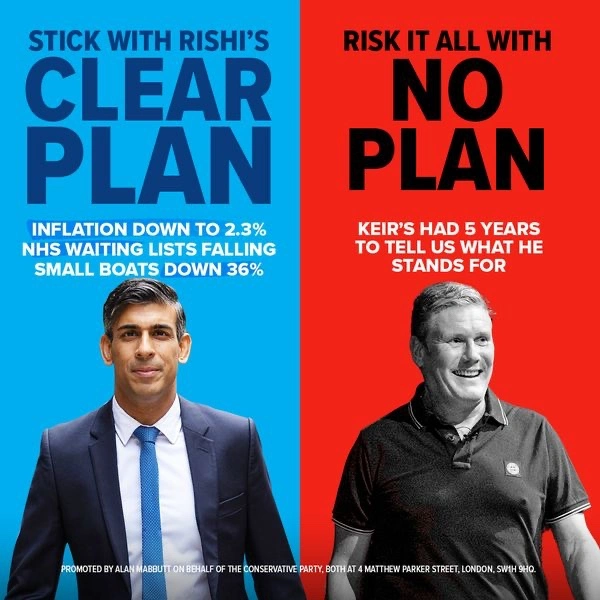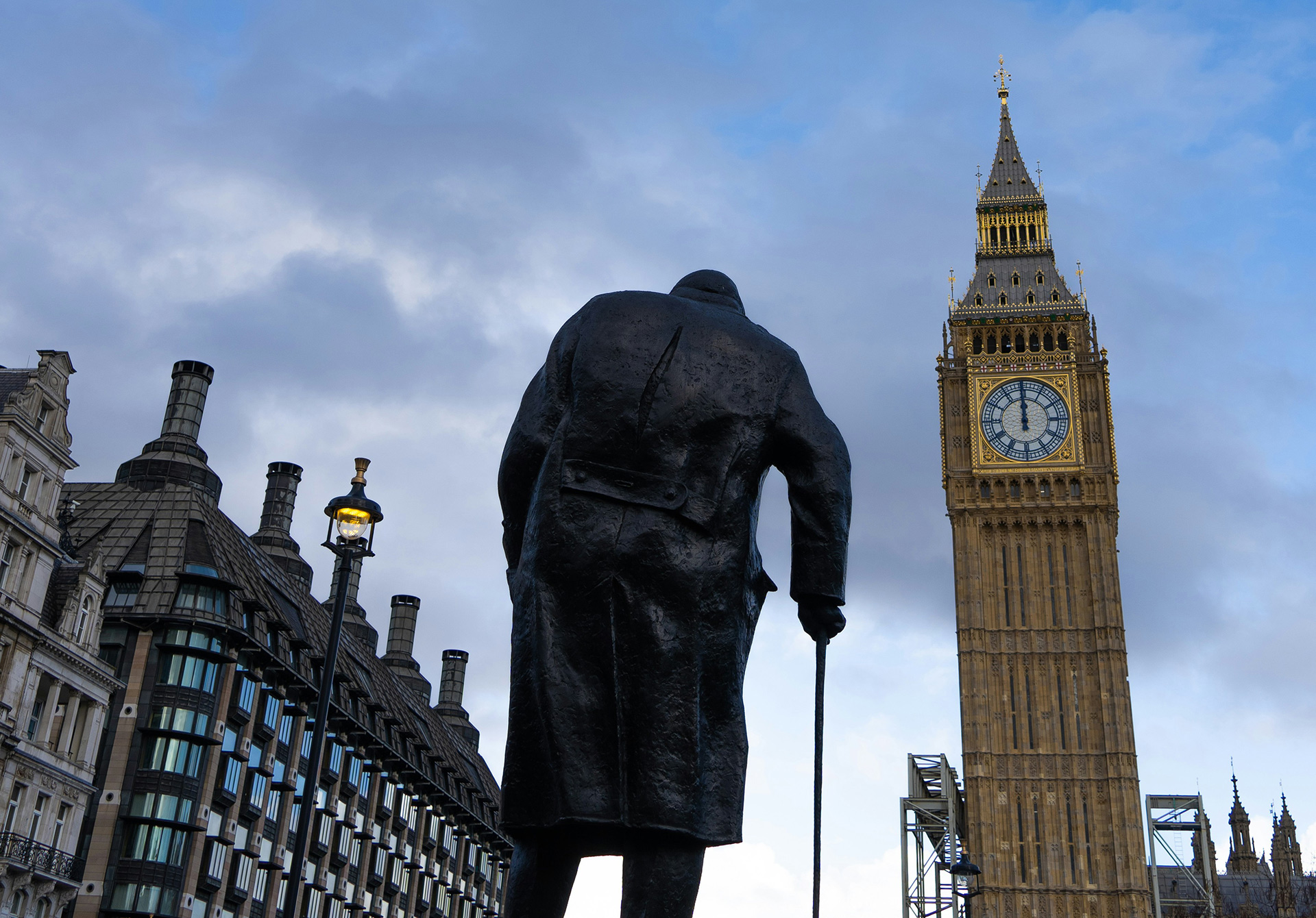Politics – is it just marketing by another name?
If a week is a long time in politics, what does that make 2024? What with the UK, French and US elections, it feels like the whole world is in a constant state of flux.
But something occurred to us over the last couple of weeks – just how much politics (putting the assassination attempt aside) resembles marketing, ? After all, politicians, just like brands, need to carry out an environmental analysis to understand all the internal and external factors that could affect them negatively or positively; they need to know who their competitors are and what they are doing; they need to have a clear idea of what they are selling, what makes them different from everyone else and how to put that across; and they need to know who they are targeting, and how to reach them in the most effective way possible.
In fact, we would go as far as to say politics is just marketing by another name. Not convinced? Well, let’s take a closer look at some of those elements.
Politicians understand their target audiences
We all know one of the tenets of a good marketing strategy is knowing your target audience. Get that right, and you’ll understand what they are most concerned about, how to tailor your message and where to reach them.
Take Joe Biden. At the centre of his re-election campaign is abortion. He knows women are incandescent about the attempts by the Republicans to clamp down on their reproductive rights, so he’s put abortion at the heart of his campaign. After all, given he’s currently trailing Trump in the polls, it makes sense for him to target a section of the electorate who have a very good reason not to vote for the opposition.
But here’s where it gets interesting. Biden is Catholic and has previously been quoted as saying, “I don’t think that a woman has the sole right to say what should happen to her body.” So, in effect, he’s putting aside his own principles in order to have any chance of winning the presidential race.
Now under normal circumstances, the response would be ‘typical politician, thinks one thing, does another’, but when you look at this through a marketing prism, isn’t it simply someone demonstrating he understands the concerns of his target audience and is choosing to actively do something about it?
And isn’t this exactly what brands such as Shell do? Yes, Shell may have launched a number of eco-friendly initiatives, but they are still heavily into oil exploration. Both Shell and Biden could be called out for hypocrisy (and they have), but in reality, they are just doing what good marketers always advise – identify the pain points of your target audience and act accordingly.
And it’s this knowledge about target audiences which saw some UK candidates launching campaigns on TikTok. 63.2% of TikTok users are aged between 25-34, the exact age group who due to constant economic insecurity had no intention of voting for Labour or the Tories, so it would have been remiss of the politicians not to have been on TikTok.
Although, we are still struggling to unsee Nigel Farage’s ‘Guess who’s back’ video!
@nigel_farage Good morning, Rishi Sunak. #generalelection
It’s all about the key message
‘A guide to the six main parties: what will be their campaign messages?” This was the headline of an article in The Guardian a couple of weeks before the General Election. Now just exchange the word ‘parties’ for ‘brands’, and, let’s face it, it could be an article in Marketing Week.
And when you think about it, it’s pretty obvious that just like brands, politicians need something to hang their hat on, a proposition or strapline that will make them stand out from the crowd and help them be memorable.
Labour went for a pretty obvious message, ‘Change’, Lib Dems opted for ‘vote for a fair deal’, and the Conservatives? Well, to be honest they seemed to have run out of ideas. They talked about ‘Securing Britain’s future’ ‘Stick with Rishi’s Clear Plan’ but what sticks out more than anything is their constant need to slag off the opposition! Even their campaign advertising included a dig at Labour, and heaven forbid we elected someone who doesn’t wear a tie. Oh, wait a moment, we did!

And maybe that’s where the similarity between politics and marketing ends. All good marketeers know there is nothing to be gained by attacking the competition, and it can actually be detrimental to your brand, but it remains a common feature of politics. Just look at Biden and Trump.
Promotion, promotion, promotion
So, once you’ve defined your key messages, you need to make sure your target audiences get to hear them. During the UK General Election, we saw the standard leafleting, Party Political Broadcasts (otherwise known as ads!), and posters on buses and the London Underground. Some parties did get a bit more creative, with Labour dolling out attack pillows warning voters not to “wake up to five more years of the Tories.”
But we all know politics is largely about the candidates and how they connect with the people, so inevitably there were also lots and lots of stunts, mostly by Ed Davey.
We’ll admit when he did the first of his campaign stunts, there was a collective eye-roll. After all, it might be an upgrade to kissing babies, but it was still nothing more than a well-publicised stunt. But as the election campaigning continued, and Starmer and Sunak continued to take lumps out of each other, Ed came across, as well, a pretty decent bloke. He seemed to be the only one really enjoying the campaign trail and, possibly more importantly, not taking himself too seriously.
And it helped that behind it all they had a clear strategy. ‘Operation Cinnamon Bun’ saw the Liberal Democrats target constituencies with Gail’s Bakeries, and they obviously felt the stunt route would appeal to that particular demographic. And given they did so well on election day, it looks like they were right.
So yes, we would conclude that politics bares a striking resemblance to marketing. Both need to define a target audience, create key messaging, work out where their audiences are, and then arrange promotions that appeal.
But there is one major difference between the two – budget. On election day alone, the UK political parties spent an estimated £1m on digital marketing. Just to clarify – that’s in just one day, in just one market, on just one activity. A figure some brands can only dream about.
